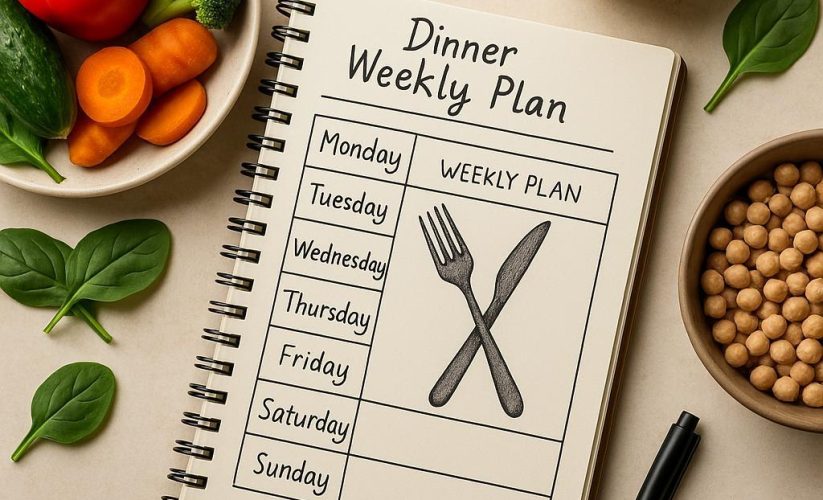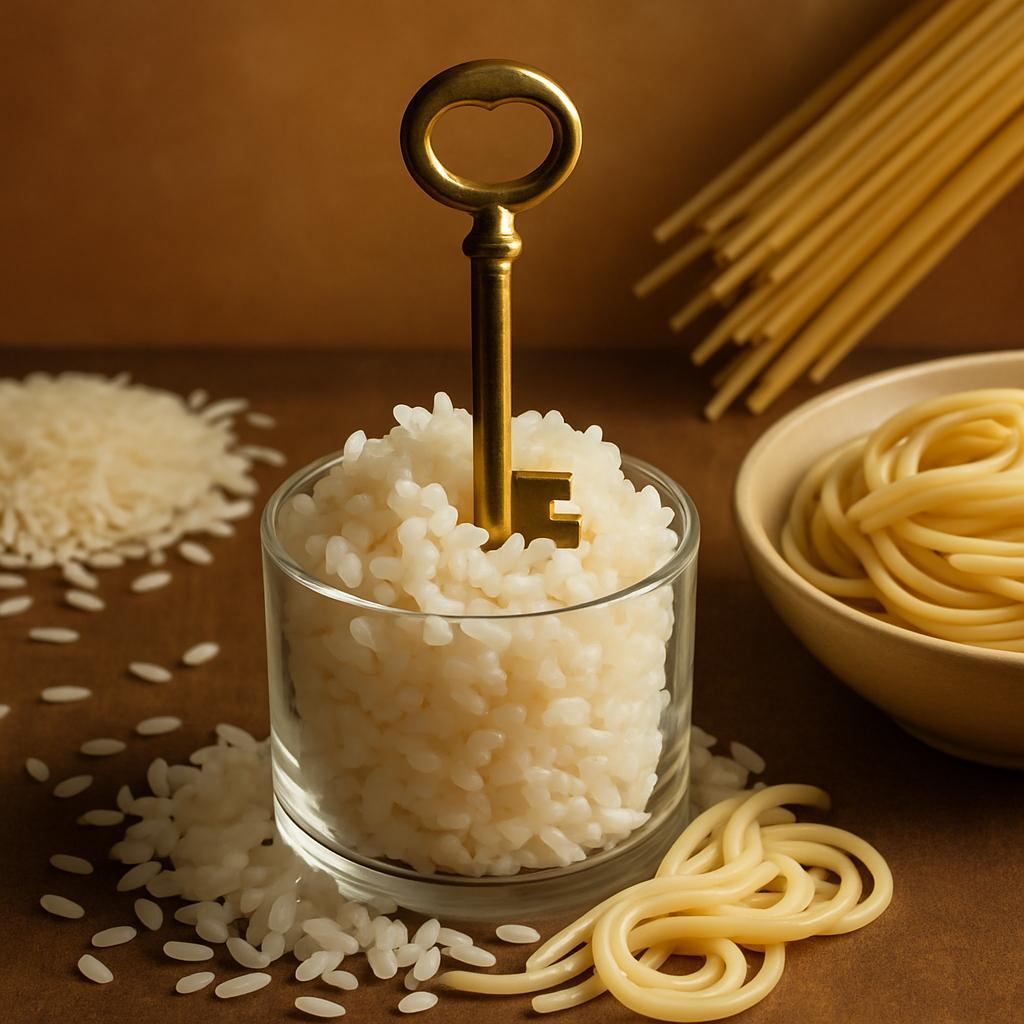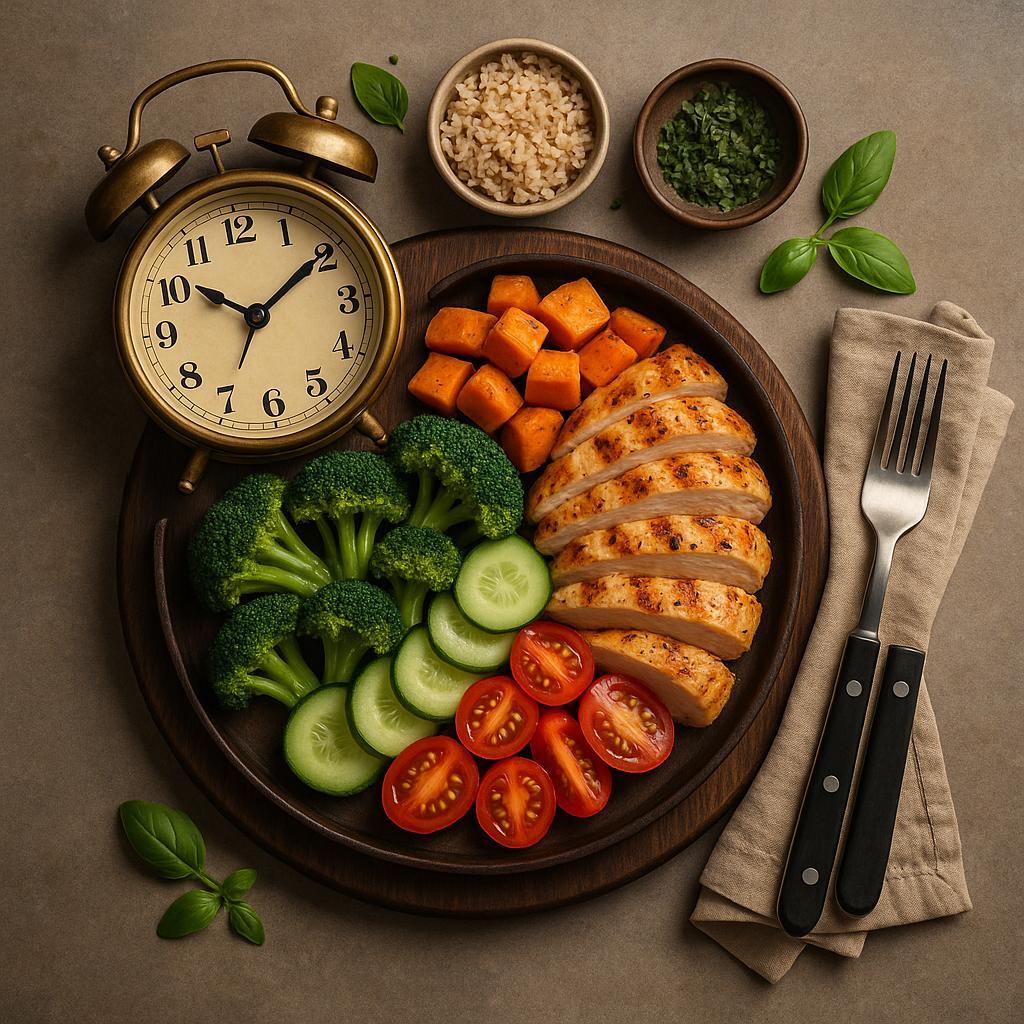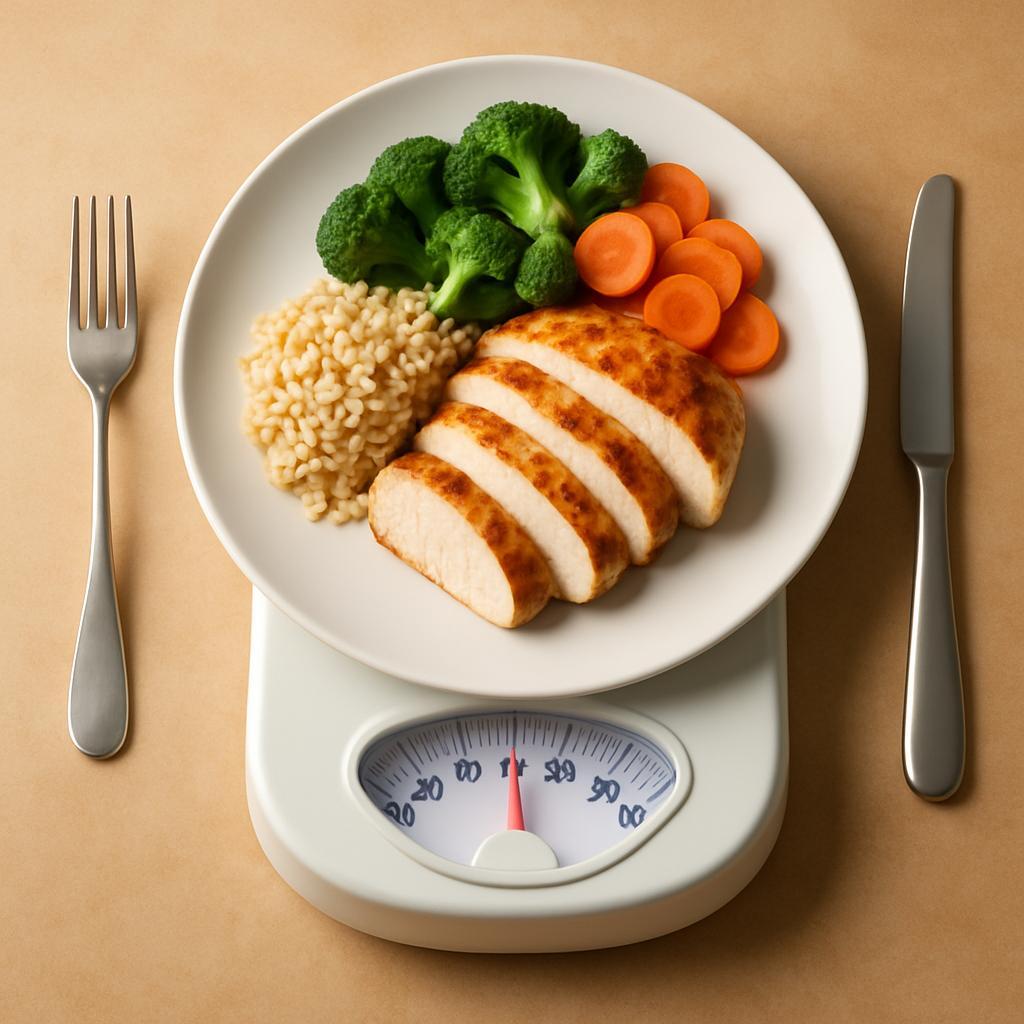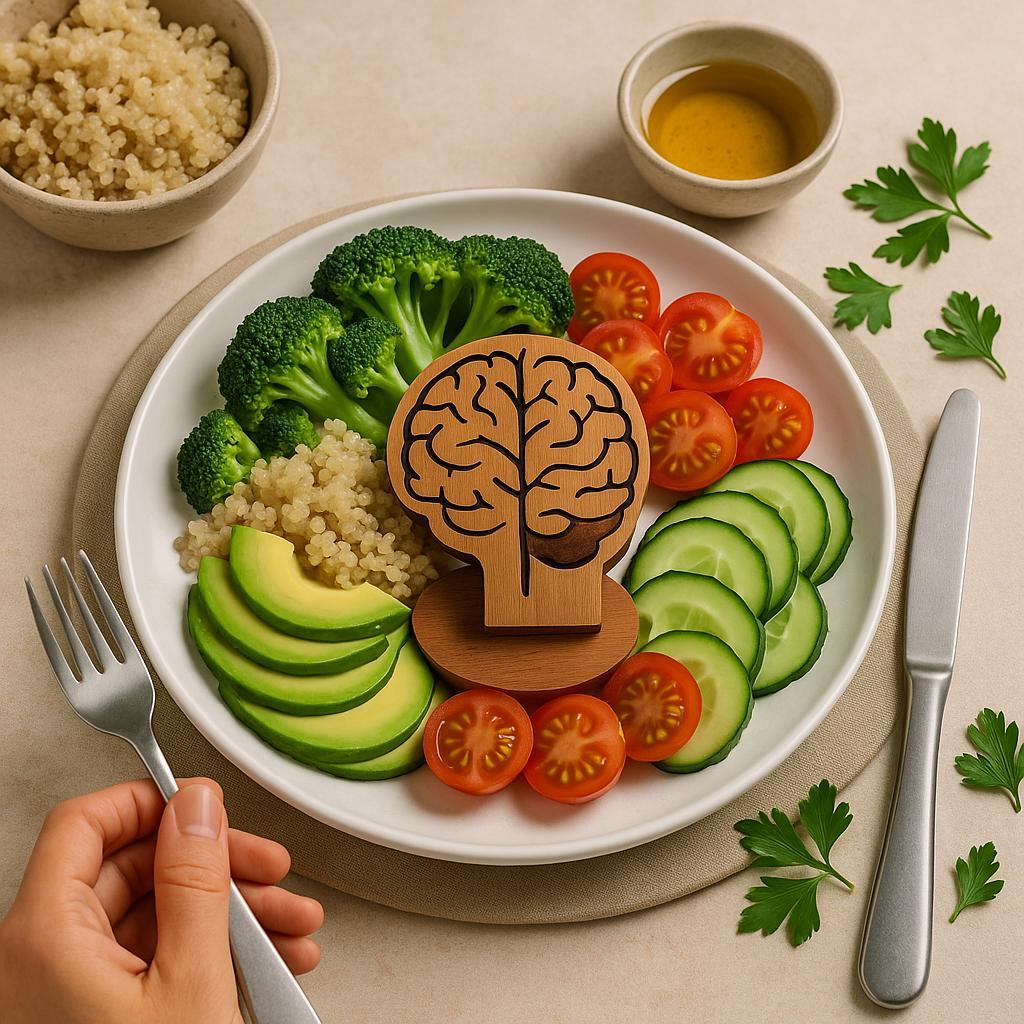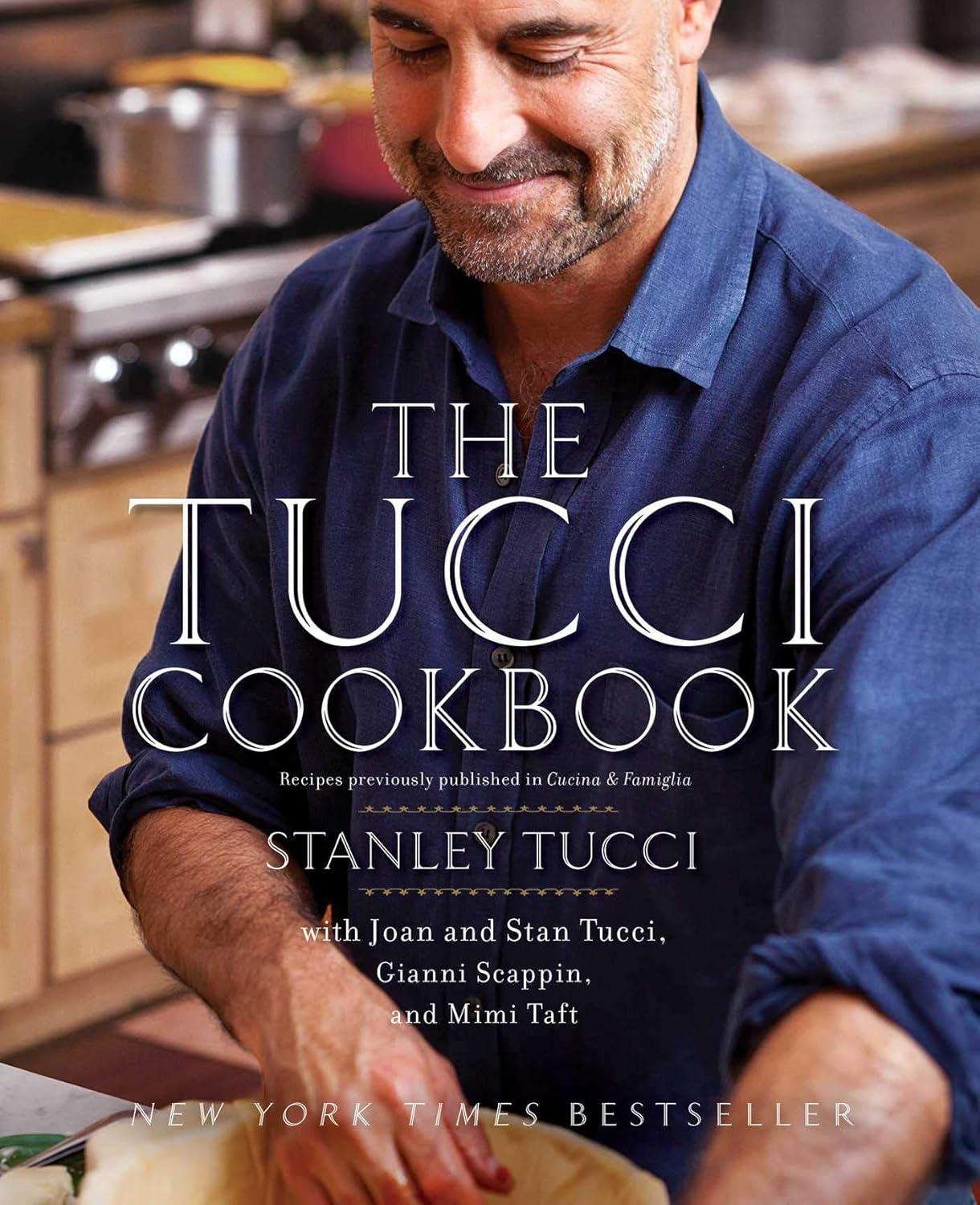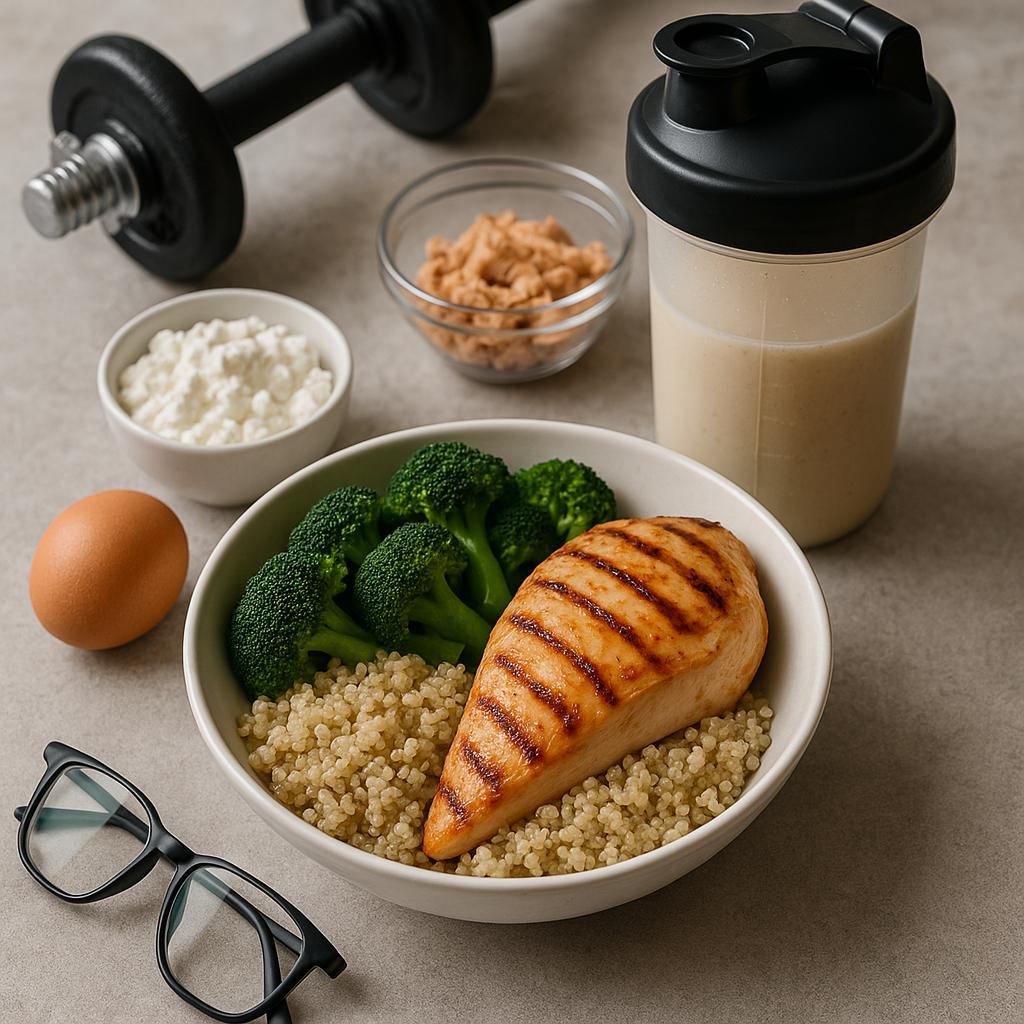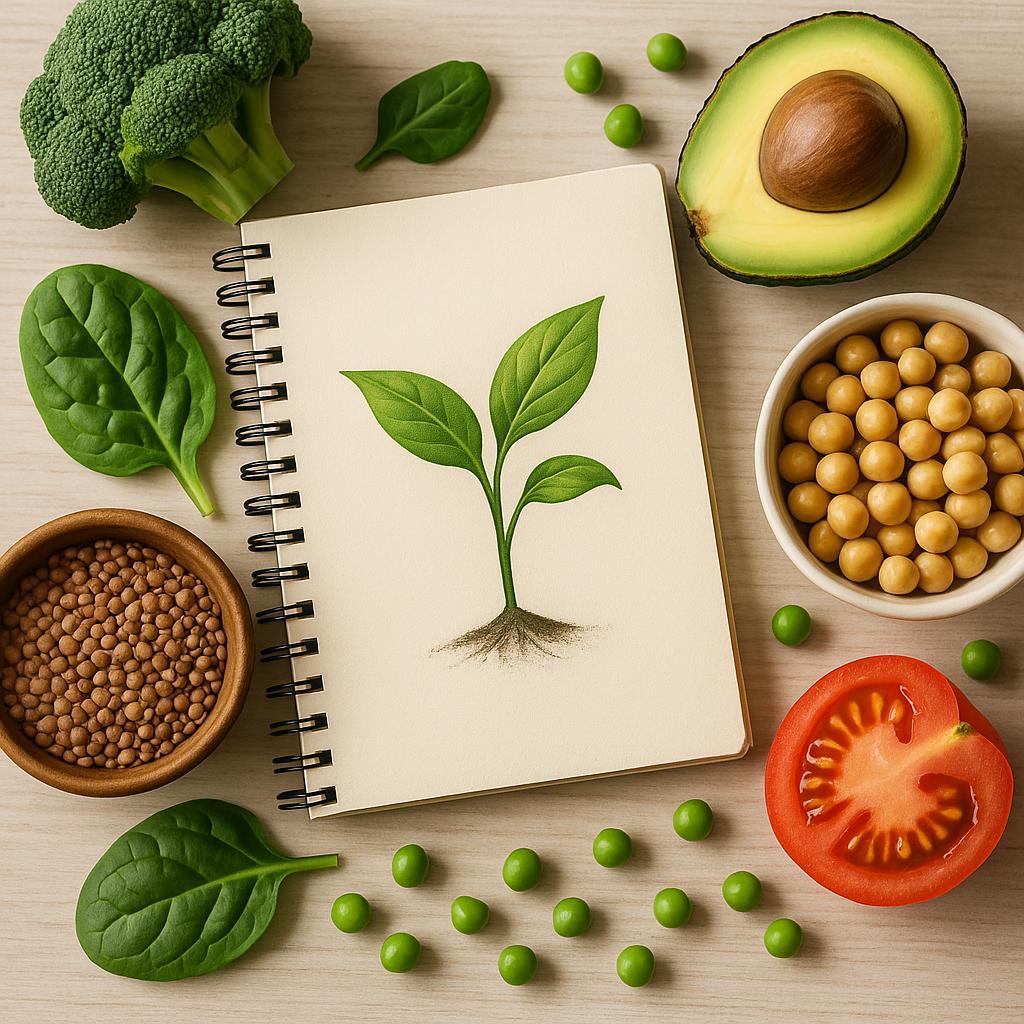Effortless 7-Day Plant-Based Plan for First-Timers
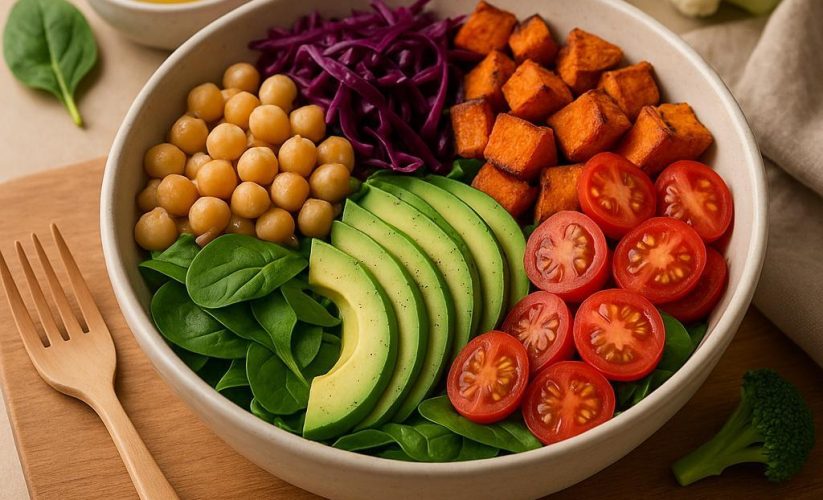
Seven days, zero guesswork. If you’re curious about plant-based eating but not ready for a full overhaul, this beginner-friendly plan makes the transition simple. Built around familiar flavors, short ingredient lists, and repeatable techniques, it’s designed to cut decision fatigue while keeping meals satisfying. Think of it as a guided trial run-practical, flexible, and gentle on both time and budget. Let’s set up a week that works in real life and see how effortless plant-based can be.
Table of Contents
- Simple prep steps that fit real life
- Flavor forward meals that please picky eaters
- Smart shopping swaps to keep costs low
- Gentle transitions to support energy and digestion
- Q&A
- In Retrospect
Simple prep steps that fit real life
Set aside a single one-hour block to stock your week without turning Sunday into a marathon. Preheat the oven to 425°F and start 2 cups dry quinoa or brown rice (yields ~6 cups cooked). While it simmers, chop a rainbow: 2 sweet potatoes, 1 head broccoli, 2 bell peppers, and 1 red onion; toss with salt, pepper, and either 1-2 tbsp olive oil or a splash of veggie broth for oil-free roasting. Spread across two sheet pans and roast 20-25 minutes, flipping once. At the same time, simmer 1 cup red lentils in 3 cups water with 1 tsp curry powder and a pinch of salt (15 minutes, no draining). Whisk two quick sauces-lemon-tahini (1/2 cup tahini, lemon, garlic, water) and smoky chipotle (yogurt-style plant yogurt, chipotle, lime)-about 1 cup each. Optional protein swap: press and cube 2 blocks extra-firm tofu, toss with 1 tbsp tamari + 1 tsp cornstarch, and bake on the lower rack until crisp (20 minutes). Finish by rinsing a big tub of greens, spinning dry, and portioning fruit. You’ll walk away with cooked grains, two proteins (lentils/tofu or canned beans), two sauces, roasted veg, and ready-to-grab produce-enough for 10-12 mix-and-match meals.
Keep daily prep to five minutes with a simple assembly formula: Grain + Bean/Tofu + Veg + Sauce + Fresh topper. Morning: stir 1/2 cup oats, 1 tbsp chia, plant milk, and berries in a jar; by breakfast it’s ready. Lunch: layer jar salads for crispness-sauce, firm veggies (carrot, cabbage), grains/beans, then greens; shake and eat. Dinner: warm a bowl of grains and roasted veg, add lentils or tofu, spoon on sauce, finish with something bright (herbs, lemon, pickled onions, or avocado). Rotate flavors so nothing feels repetitive: lemon-tahini over quinoa, broccoli, and chickpeas; smoky chipotle over sweet potatoes, black beans, and corn; pesto from the store over warm farro and white beans. If time vanishes, rely on smart shortcuts-microwavable rice cups, frozen edamame, pre-cooked lentils, bagged slaw-and portion leftovers into two containers as you clean up. Label with painter’s tape (what + date), store sauces up to 5 days, and aim to rebuild one missing element midweek (a fresh tray of veg or a new sauce) for variety without extra work.
Flavor forward meals that please picky eaters
Start with familiar formats and layer big, gentle flavors. Sauté onions, garlic, and 2 tablespoons tomato paste until caramelized, then splash in 1 tablespoon soy or balsamic to deepen umami without heat. Crisp texture wins over skeptics: toss tofu cubes or chickpeas with 1 tablespoon cornstarch, 1 teaspoon smoked paprika, and a pinch of salt; bake at 425°F (220°C) for 20-25 minutes, flipping once. Keep a trio of kid-friendly sauces ready: a maple-miso glaze (2 tbsp white miso + 1 tbsp maple + 1 tsp rice vinegar + 2 tbsp water), a quick teriyaki (3 tbsp tamari + 2 tbsp orange juice + 1 tsp grated ginger + 1 tsp cornstarch), and a creamy herb dip (1/2 cup unsweetened plant yogurt + 1 tbsp lemon + 1 tsp dried dill + 1/2 tsp onion powder). Use mild spices over heat: smoked paprika, garlic powder, and oregano add character without sting, while a squeeze of citrus or a drizzle of balsamic at the end brightens everything. Blend vegetables into sauces for stealth nutrition-roasted red peppers or steamed carrots purée silk-smooth into marinara, and 1/2 cup white beans blends into pesto for body without “bean” flavor. Finish with a small, predictable garnish (chives, sweet corn, or toasted panko) to make new dishes feel safe and craveable.
Across the week, rotate comfort-first, plant-based mains that feel like treats: sloppy BBQ chickpeas on soft rolls with a 5-minute sauce (1/3 cup ketchup + 1 tbsp apple cider vinegar + 1 tsp Dijon + 1 tsp smoked paprika), creamy tomato-basil pasta made velvety by blending warm marinara with 1/2 cup silken tofu, and sticky teriyaki tofu bites over rice with crunchy cucumbers. Build a “loaded baked potato” soup by blending cauliflower with veggie broth and 2 tablespoons nutritional yeast, then top with those crispy paprika chickpeas; follow with taco night using mild, saucy lentils (simmer cooked lentils in the tomato-onion base) and a colorful toppings bar for choice without overwhelm. Save time by cooking double portions of grains and beans on Day 1-leftover rice becomes crunch-fried rice with peas and edamame, and extra lentils morph into pizza-night crumbles over quick tofu ricotta (1 cup firm tofu + 1 tbsp lemon juice + 1 tbsp nutritional yeast + 1 tsp olive oil + pinch salt). End with breakfast-for-dinner pancakes sweetened by cinnamon-pear compote; serve a green smoothie on the side for an easy veggie win that tastes like dessert.
Smart shopping swaps to keep costs low
Build your cart around budget-friendly anchors and let pricier items sit out this week. Swap meat alternatives for hearty lentils, chickpeas, and black beans (dried when time allows; canned when not). Choose plain tofu over pre-marinated versions, flavoring it with pantry spices and a quick soy-vinegar glaze. Replace boxed granola with rolled oats toasted in a skillet with cinnamon and a drizzle of oil. Use store-brand staples, frozen veggies and berries for out-of-season picks, and skip pre-cut produce. Turn whole canned tomatoes and tomato paste into pasta or shakshuka-style sauces instead of buying jars; crack a can of coconut milk to make quick curries without bottled sauces. For spreads, choose peanut butter over almond or cashew, and try sunflower seeds in place of pricier nuts for pesto, granola, and crunch.
Lean on clever flavor swaps to keep the week exciting without raising the bill. Stir together your own seasoning blends-smoked paprika, cumin, garlic powder, chili flakes-instead of buying packets, and use a splash of citrus or vinegar to brighten bowls in place of specialty dressings. Make budget “creams” by blitzing silken tofu or white beans with lemon and herbs; blend oats + water for quick oat milk when cartons run low. Swap pricey tahini-heavy dips for hummus built from the week’s chickpeas, and save the aquafaba to replace eggs in baking or pancakes. Keep a freezer bag for vegetable scraps to simmer into broth for soups and grains. Batch one pot of lentils and a tray of roasted vegetables on day one: they’ll flex into tacos, grain bowls, wraps, and soups, letting you buy fewer unique ingredients while still getting variety all seven days.
Gentle transitions to support energy and digestion
Begin by pacing fiber so your gut isn’t overwhelmed. For the first two days, lean on soft-cooked vegetables, blended soups, and oats to warm and relax digestion; by midweek, shift to half-cooked/half-raw meals, then add heartier beans and whole grains near week’s end. Choose gentle starters like canned lentils (rinsed well), silken tofu, tempeh, quinoa, zucchini, carrots, and ripe bananas. Soak grains and legumes, cook with ginger, cumin, or fennel, and add a tablespoon of sauerkraut or coconut yogurt to one meal daily if tolerated. Keep portions modest at first (½ cup beans, ¾ cup grains), chew thoroughly, and take a 10-minute walk after meals to reduce bloating. Aim for even fiber distribution across breakfast, lunch, and dinner instead of loading it at night, and prefer warm meals early in the transition for comfort.
Stabilize energy by building balanced plates: ½ produce, ¼ protein (tofu, tempeh, edamame, lentils), ¼ slow carbs (quinoa, brown rice, sweet potato), plus 1-2 teaspoons of fats (tahini, olive oil, avocado). Pair fruit or starch with protein/fat to avoid crashes-think apple with peanut butter, hummus with cucumber, or chia pudding made with soy milk. Start your day with a steady option like overnight oats with soy milk, berries, and hemp seeds, delay coffee 60-90 minutes after waking, and avoid caffeine on an empty stomach; green tea or matcha offers a gentler lift. Hydrate with water and a pinch of salt or a squeeze of citrus, and season food well to maintain electrolytes as fiber increases. For nutrient coverage, include fortified plant milks and cereals for B12, and pair iron-rich foods (beans, greens) with vitamin C (citrus, bell peppers). Finish dinner 2-3 hours before bed for better sleep and morning energy.
Q&A
What should my 7-day grocery list include so meals stay effortless?
Think in simple building blocks: grains (rolled oats, quinoa or brown rice, whole-grain wraps), proteins (canned chickpeas and black beans, firm tofu or tempeh, hummus), vegetables (frozen mixed veg, leafy greens, bell peppers, cherry tomatoes, sweet potatoes), fruit (bananas, apples, berries), fats and crunch (avocados, tahini, peanut butter, walnuts or chia/hemp seeds, olive oil), and flavor-makers (garlic, lemon, soy sauce/tamari, salsa, curry paste, balsamic). Add a fortified plant milk and a ready-made dressing to streamline breakfasts and bowls.
How do I get enough protein without relying on fake meats during the week?
Aim for 0.8-1.0 g protein per kg body weight by pairing a legume, a grain, and a seed/nut across meals. Practical anchors: 1 cup cooked lentils (~18 g), 1 cup chickpeas/black beans (~14-15 g), 100 g tofu (~10 g), 1/2 cup tempeh (~15-16 g), 3 tbsp hemp seeds (~10 g), and 1 cup soy milk (~7-8 g). A sample day: oatmeal with soy milk and hemp seeds; a black bean-rice wrap with salsa and avocado; tofu-veggie stir-fry over quinoa; snacks of hummus with carrots or peanut butter on fruit.
I only have one hour to prep-what should I batch-cook to cover 7 days?
Cook one pot of grains (quinoa or brown rice) and roast two sheet pans: mixed vegetables plus a tray of sweet potatoes and chickpeas tossed with olive oil, salt, and spice. While they bake, press and cube tofu, pan-sear or bake with a quick soy-garlic-maple marinade, and blend two sauces (tahini-lemon and peanut-ginger). Portion into containers with greens; this gives you mix-and-match bowls, wraps, and salads that assemble in minutes.
Will a sudden fiber increase upset my stomach, and how can I avoid it?
It can if you jump in too fast. Start with cooked fibers (soups, stews, oats, roasted veg) instead of large raw salads, rinse canned beans thoroughly, and spread legumes across meals in smaller portions. Sip water through the day, chew well, and season with digestion-friendly spices like cumin, ginger, or fennel; an alpha-galactosidase enzyme can help with beans. If discomfort persists beyond a week, reduce portions and reintroduce gradually.
Which nutrients need extra attention this week, and how do I cover them easily?
B12: take a supplement (about 50-100 mcg daily or 2000 mcg weekly) or use reliably fortified foods. Iron: include legumes, tofu, and greens, and pair with vitamin C (citrus, peppers) to boost absorption. Calcium: choose fortified plant milk (about 2 cups covers most needs), calcium-set tofu, tahini, and greens. Omega-3: add 1 tbsp ground flax or chia (or a small handful of walnuts) daily. Iodine: cook with iodized salt or include a small nori serving. Vitamin D depends on sun; many people use 1000-2000 IU daily, especially in low-sun seasons.
How do I stick to the plan when eating out or at social events?
Scan menus for plant-friendly cuisines (Mediterranean, Middle Eastern, Mexican, Thai, Indian), and keywords like bean, lentil, tofu, veggie, or grain bowl. Ask for simple swaps (no cheese, extra beans, steam instead of butter) and build a meal from sides if needed (rice, beans, roasted veg, salad). Keep a portable snack (fruit, nut butter packets, trail mix) to bridge gaps, and state your preference upfront so servers can suggest modifications.
In Retrospect
You now have a clear, weeklong map that makes eating more plants feel simple: balanced plates, easy swaps, a sensible shopping list, and a prep rhythm you can actually keep. More than a menu, it’s a framework you can repeat, remix, and scale-so flavor, convenience, and nutrition work together instead of competing.
Carry that ease into your next step. Choose one meal from the plan for tomorrow, add its ingredients to your list, or chop a couple of staples tonight. Keep what fits, adjust what doesn’t, and let progress-not perfection-set the pace. With curiosity as your guide, you’re already moving in the right direction.


